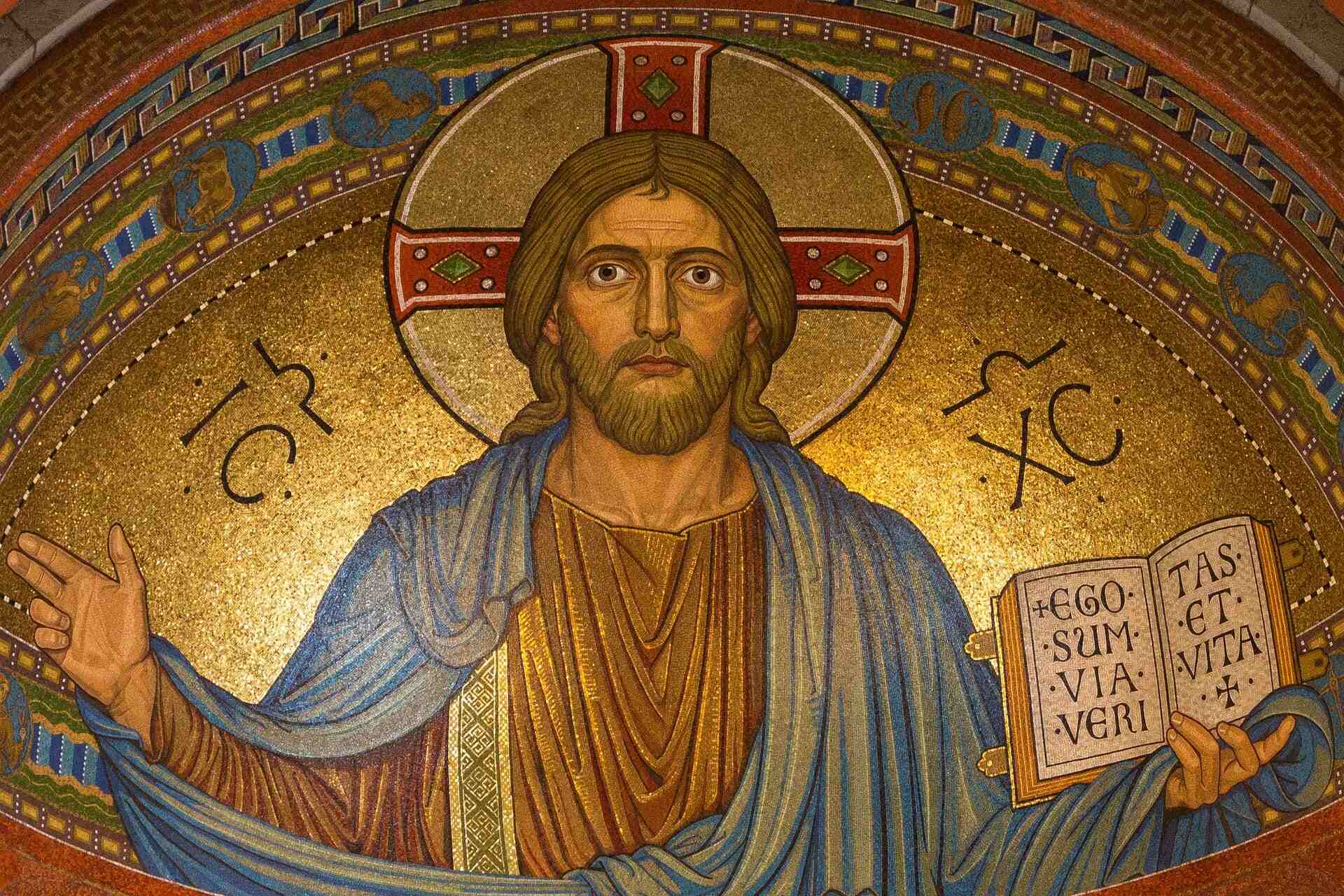
Christian art has a rich history that spans centuries, reflecting the faith, culture, and creativity of its followers. From the early catacombs of Rome to the grand cathedrals of Europe, Christian art tells stories of devotion, miracles, and the divine. Why is Christian art so significant? It serves not only as a form of worship but also as a historical record of the church's evolution. What makes it unique? The blend of symbolism, iconography, and biblical themes creates a distinct visual language. Whether you're an art enthusiast or a history buff, these 25 facts about Christian art will deepen your appreciation for this timeless tradition.
Key Takeaways:
- Christian art has a long history, starting in the catacombs of Rome and evolving through different periods like the Renaissance and Baroque. It uses symbols and images to tell stories and convey religious messages.
- From the use of symbols like the fish and anchor in early Christian art to the dramatic and emotional elements of Baroque art, Christian art has evolved over time while still conveying timeless religious themes.
The Origins of Christian Art
Christian art has a rich history that dates back to the early days of Christianity. It has evolved over centuries, reflecting changes in theology, culture, and artistic styles.
- The earliest Christian art appeared in the catacombs of Rome around the 2nd century AD.
- Early Christian art often used symbols like the fish (Ichthys) and the anchor to represent faith.
- The Good Shepherd, a depiction of Christ as a shepherd, was a common theme in early Christian art.
- Early Christian artists borrowed heavily from Roman and Greek art styles.
Iconography in Christian Art
Iconography plays a significant role in Christian art, using images to convey religious messages and stories. These icons are not just art; they are considered sacred.
- Icons of saints and biblical scenes are central to Eastern Orthodox Christian art.
- The Virgin Mary, often depicted with the infant Jesus, is a prominent figure in Christian iconography.
- The use of halos around the heads of holy figures started in Christian art during the 4th century.
- The cross, a symbol of Christ's crucifixion, became a dominant motif in Christian art by the 5th century.
Medieval Christian Art
The medieval period saw the flourishing of Christian art, particularly in Europe. This era produced some of the most iconic works and architectural marvels.
- Illuminated manuscripts, like the Book of Kells, are masterpieces of medieval Christian art.
- Gothic cathedrals, with their stained glass windows and intricate sculptures, are hallmarks of medieval Christian architecture.
- The use of gold leaf in religious paintings became popular during the medieval period.
- Frescoes, large wall paintings, were commonly used to decorate churches and cathedrals.
Renaissance and Christian Art
The Renaissance period brought a renewed interest in classical art and humanism, profoundly influencing Christian art.
- Leonardo da Vinci's "The Last Supper" is one of the most famous Christian artworks from the Renaissance.
- Michelangelo's Sistine Chapel ceiling, depicting scenes from the Bible, is a Renaissance masterpiece.
- The use of perspective and realistic human figures became more prevalent in Christian art during the Renaissance.
- Religious themes continued to dominate the art world, with many artists receiving commissions from the Church.
Baroque and Christian Art
The Baroque period introduced dramatic, emotional, and dynamic elements into Christian art, reflecting the Counter-Reformation's goals.
- Caravaggio's use of chiaroscuro (light and shadow) brought a new intensity to religious scenes.
- Gian Lorenzo Bernini's sculptures, like "The Ecstasy of Saint Teresa," are prime examples of Baroque Christian art.
- Baroque churches often featured elaborate altarpieces and ceiling frescoes.
- The Baroque style aimed to evoke emotional responses and inspire devotion among viewers.
Modern Christian Art
Christian art continues to evolve, with modern artists exploring new styles and mediums while still conveying timeless religious themes.
- Salvador Dalí's "Christ of Saint John of the Cross" is a notable example of modern Christian art.
- Contemporary Christian artists often use abstract and minimalist styles to express their faith.
- Stained glass windows remain a popular medium for modern Christian art, with artists experimenting with new designs and techniques.
- Street art and murals with Christian themes have become more common in urban areas.
- Digital art and virtual reality are emerging as new frontiers for Christian artists to explore.
The Last Brushstroke
Christian art, with its rich history and profound symbolism, offers a window into the spiritual and cultural evolution of societies. From the intricate mosaics of the Byzantine era to the awe-inspiring frescoes of the Renaissance, each piece tells a story of faith, devotion, and artistic mastery. These artworks not only reflect religious beliefs but also capture the essence of the times in which they were created. Whether you're an art enthusiast or someone exploring the depths of Christian heritage, understanding these masterpieces can deepen your appreciation for both art and history. So next time you visit a museum or a historic church, take a moment to look closer at the details and narratives embedded in the art. They might just reveal a fascinating tale waiting to be discovered.
Frequently Asked Questions
Was this page helpful?
Our commitment to delivering trustworthy and engaging content is at the heart of what we do. Each fact on our site is contributed by real users like you, bringing a wealth of diverse insights and information. To ensure the highest standards of accuracy and reliability, our dedicated editors meticulously review each submission. This process guarantees that the facts we share are not only fascinating but also credible. Trust in our commitment to quality and authenticity as you explore and learn with us.
